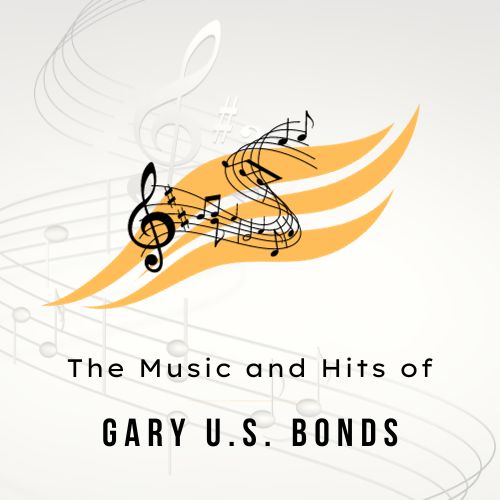Introduction
Gary U.S. Bonds is an R&B/pop/rock and roll singer-songwriter and musician. Anderson, who was born in Florida, moved to Norfolk, Virginia in the 1950s. Bonds’ debut single “New Orleans” hit it big on both pop and R&B Top 10 charts in 1960. After an unsuccessful follow-up, Bonds next released what was to be his biggest hit, “Quarter To Three.” It topped the Hot 100 charts in 1961, became a best seller and was certified gold. His other hit singles included “School Is Out,” “School Is In,” “Dear Lady Twist,” “Twist, Twist Senora,” “Seven Day Weekend” and, during his 1980s comeback, “This Little Girl” and “Out Of Work.” Since then Bonds has recorded and performed sporadically; his last studio album titled Let Them Talk was released in 2009.
Early life and career, and the origin of the name “Gary U.S. Bonds”
Singer-songwriter and musician Gary U.S. Bonds’ real name is Gary Levone Anderson. He was born in Jacksonville, Florida on June 6, 1939. During the 1950s Anderson moved to Norfolk, Virginia where he started to sing at a local church and with a group The Turks.
Producer Frank Guida owned a small label Legrand which Anderson got signed to. It was Guida who christened Anderson with the stage name “U.S. Bonds,” hoping that disc jockeys would mistake this for a public service announcement regarding the sale of the US government bonds. That therefore would allow Anderson’s records to get more airplay.
The ruse seemed to work well for Bonds, despite many people initially confusing the name for a band moniker. Therefore, the name was re-formed as Gary (U.S.) Bonds — to indicate a solo artist. This naming style remained until the 1980s.
Gary U.S. Bonds’ biggest hits
Bonds’ first single that made the charts was “New Orleans,” which was co-written by Guida and Joseph Royster. It was a big hit for Bonds, giving him his first Top 10 smash on both pop and R&B singles charts in 1960, at #6 and #5 respectively.
“New Orleans” was followed by a very minor hit “Not Me” in 1961. Later that year, Bonds achieved his biggest hit with “Quarter to Three.” The rather rough, fuzzy and murky sound quality of the song was exactly what producer Guida wanted. An article published on the British music magazine Disc, which reviewed the record, was subtitled “This record could never have been made in Britain.”
“Quarter to Three” (written by Guida, Royster and Gene Barge) reached the top of the US Billboard Hot 100, and #3 on the R&B singles chart. It also performed well on the British charts at #7 in 1961. The song has become a class act of its own as it is included on the Rock and Roll Hall of Fame’s “500 Songs That Shaped Rock and Roll” list.
“Quarter to Three” was quickly followed by another top 10 pop hit, “School Is Out”which made it at #5. It also peaked at #12 on the R&B singles chart. The single appeared in June 1961, just in time for the summer vacation. Around October, another single “School Is In” came out to coincide with the start of classes. It went to #28 on the Billboard Hot 100.
Bonds continued to enjoy successes with “Dear Lady Twist” (#9 pop, #5 R&B, 1962), “Twist, Twist Senora” (#9 pop, 1962), “Seven Day Weekend” (#27 pop, 1962), and other more minor hits. They were all released on Legrand label.
Bonds made a comeback in the early 1980s by releasing a couple of albums Dedication and On the Line. With the generous help from rising star Bruce Springsteen, Bonds was able to score the last couple of Top 40 hits with “This Little Girl” (#11 pop, #5 rock, 1981) and “Out of Work” (#21 pop, #82 R&B, #10 rock, 1982). Bonds also collaborated with Springsteen’s backing group E Street Band, as well as Steven van Zandt.
With also the help of Springsteen, Bonds got his career resurgence back, and continues to perform mostly for the oldies circuit performing songs that made him famous. Among his most recent activities was his 2009 album Let Them Talk and collaborating with Southside Johnny for the latter’s albumPills and Ammo, where Bonds contributed backing vocals. He is able to transcend different types fo genres, from rhythm and blues to rock and roll.

